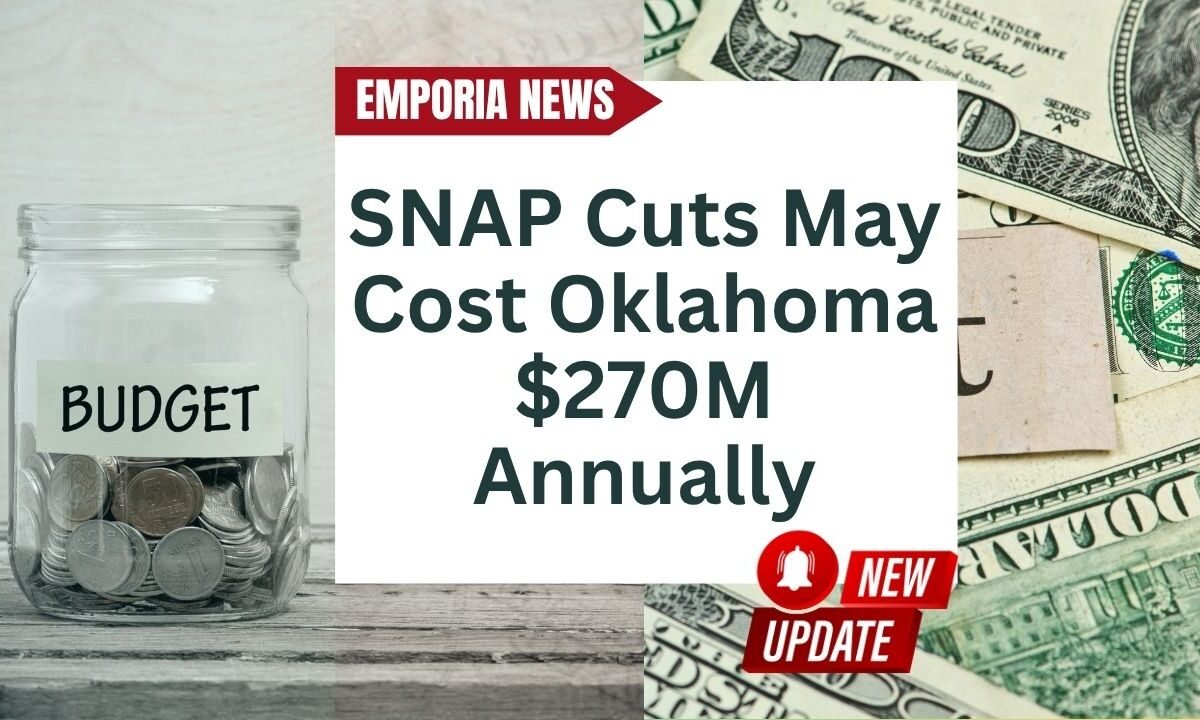Proposed federal food assistance cuts under the Senate’s version of President Donald Trump’s One Big Beautiful Bill are raising alarms in Oklahoma, where thousands depend on the Supplemental Nutrition Assistance Program (SNAP). If passed, experts say the state could face $270 million in additional yearly costs.
Key SNAP Stats in Oklahoma
- 700,000 Oklahomans currently receive SNAP benefits, per Hunger Free Oklahoma.
- 1 in 6 households in the state relies on SNAP, most with children (Oklahoma Policy Institute).
- 15.4% of Oklahoma homes experience food insecurity.
Who Will Be Affected by the Changes?
The proposed bill introduces stricter eligibility rules, including
- Raising the age for work requirements from 54 to 64 years old.
- Potentially impacting 100,000 Oklahoma residents currently enrolled in the program.
- Nationally, the bill would slash $287 billion in SNAP funding over the next 10 years.
State Budget Pressures and Nonprofit Concerns
Under the bill, states must share SNAP costs, pushing an estimated $270 million annually onto Oklahoma. Meghan Mueller, CEO of the Homeless Alliance, criticized the financial framing:
“The cost-benefit analysis can’t just be done on a balance sheet… People rely on these programs to survive.”
Rachael Condley, Executive Director of Our Daily Bread Food and Resource Center in Stillwater, warned that the cuts were made without consultation from community experts:
“If you take these supports out… you kick somebody’s legs out from under them.”
Deeper Impact on Communities
Mueller and Condley emphasized the real-life impact on those struggling
- Elderly couples often express willingness to work but face age-based job discrimination.
- Many SNAP recipients feel shame despite needing support.
- Cuts made from 1,300 miles away can unravel lives in local communities.
Mueller added: “I reject the idea that people in poverty are just lazy. It’s not that simple.”
As SNAP funding faces historic cuts, Oklahoma nonprofits are sounding the alarm on the human cost. With hundreds of thousands of residents depending on these programs, community leaders urge policymakers to consider the real impact beyond the numbers.




